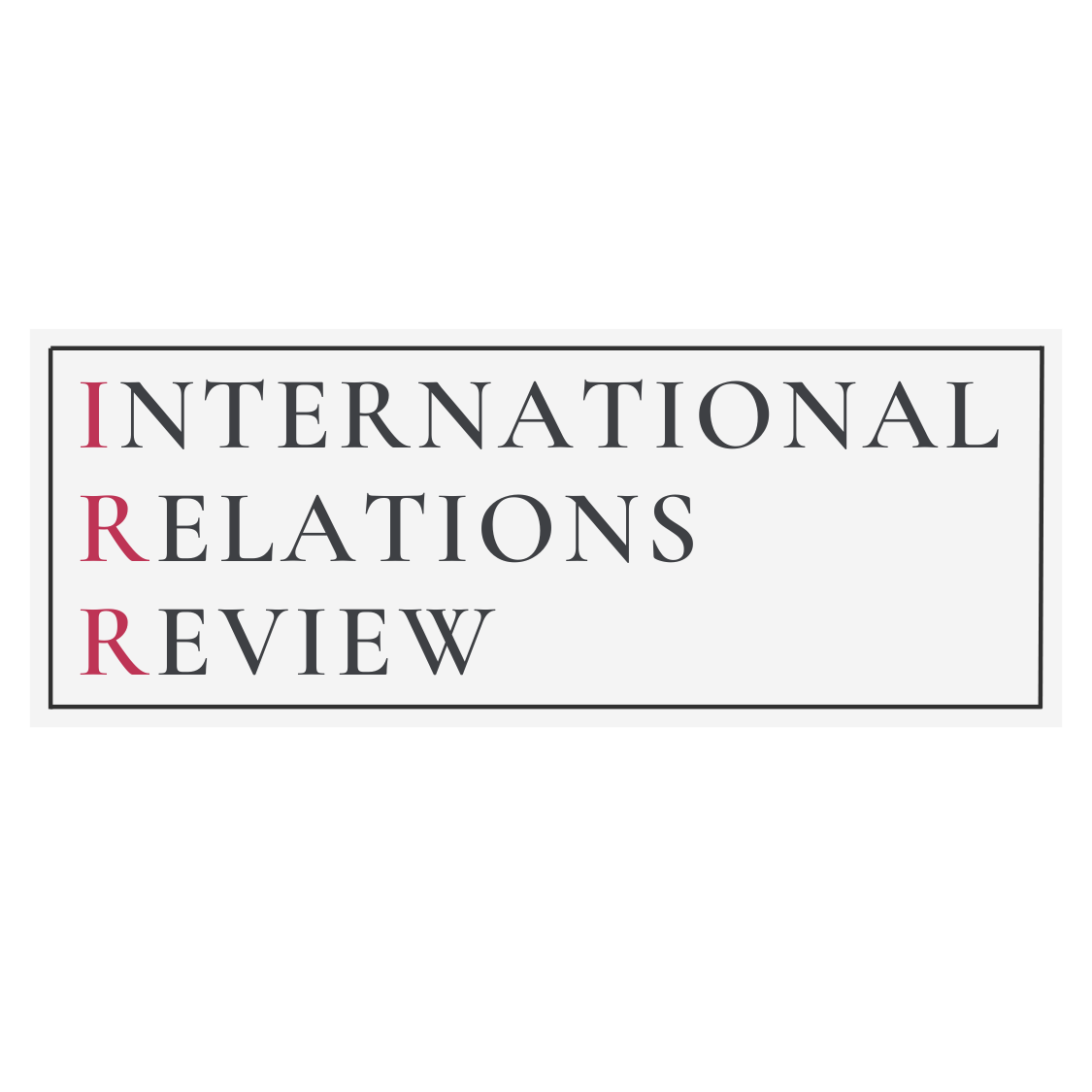Addressing Environmental Land Defender Violence in Latin America
A recent report by Global Witness, an international NGO committed to investigating environmental and human rights abuses, broke down the jarring violence inflicted upon land defenders globally in 2024. In the past year, 142 land defenders have been murdered, and four have disappeared. A staggering 82 percent of cases were documented within various Latin American countries. Notably, 48 of these cases were reported from Colombia, where rural regions with weak state presence have been particularly targeted by criminal gang activity. Land or environmental defenders are defined by the UN as “individuals and groups who, in their personal or professional capacity and in a peaceful manner, strive to protect and promote human rights relating to the environment, including water, air, land, flora and fauna.” Additionally, of the reported cases, there was a disproportionate number of Indigenous and small-scale farmer land defenders targeted. While Indigenous peoples make up only six percent of the global population, they accounted for nearly one-third of the cases, 94 percent of which were in Latin American countries.
Violence against defenders is not a new phenomenon. Since 2012, Global Witness has reported a steady upward trend of violence, noting that underreporting is a common cause for inaccurate data collection. Over the past 12 years, a total of 2,253 cases of murders or long-term disappearances of land defenders have been recorded. Inflicted violence has prompted further examination of the various sectors of harmful development in which growing numbers of defenders are targeted, including but not limited to mining and extractives, logging, and agribusiness. Studies show that countries rich in natural resources and high in foreign direct investment are frequently common ground for prevalent environmental activism. This in turn has spurred strong dissent by state and non-state actors, who are looking to exploit these resources for their own gain.
Many defenders are Indigenous peoples, dedicated to protecting the lands they have depended on for generations from destructive industrialization practices. The displacement of Indigenous peoples from their native lands have had adverse impacts on cultural, social, and spiritual levels. These communities are not merely losing physical land, but a vessel through which they preserve their culture. Indigenous people instead emphasize forms of development that are sustainable and compatible with human rights and those of the Earth. For example, milpa, an agricultural model that strategically allows forest regeneration. Further, many Indigenous peoples advocate for self-governance. Ronald Andrés, the Indigenous leader of Charagua Norte, welcomed an autonomy seminar of more than a hundred individuals with the statement, “autonomy is not a gift, it is our victory”.
Accountability for the long-term violence imposed on land defenders has been at best weak. The primary piece of legislation that safeguards the rights of land defenders in Latin America is the Escazú Agreement, adopted on March 4, 2018, by the UN. This agreement comprises 26 articles each outlining expectations for the relationships between governing bodies and environmental activists in Latin American and Caribbean nations. It is important to note that Guatemala and Brazil, two of the five Latin American nations with the most reported killings, have signed onto the agreement, but not formally ratified the legislation. While it was a major step in recognizing the violence and discrimination that land defenders face, there is still a lot to be desired in completely eradicating the systemic barriers that criminalize and work against the invaluable activism of defenders.
Implementing enforceable standards and protocols that provide sufficient protection for land defenders in legitimate international governing bodies is essential in combating this issue. However, considering the widespread corruption that pervades many governments in countries where land defender violence is common, more comprehensive adjustments are necessary. Reforms to protect the rights of land defenders can occur at both the state and business levels. At the state level, targeting the root of where land defender violence manifests and setting down legal frameworks that increase and improve accountability of perpetrators of violence are two key steps in solving this issue. Greater recognition and stronger universal protections for land defenders can also help ensure their safety. At the corporate level, there must be basic respect for Indigenous populations’ customs and traditions when making weighty business decisions that can potentially harm their land. Presently, in South America alone, there are a reported 758 socio-environmental conflicts. Based on statistical models that illustrate trends of violence against land defenders in the 21st century, expecting this violence to simply go away without formal legislative action being taken is unrealistic. Without proper and effective initiatives carried out on the national, regional, and international levels, true reform will not be achieved.
